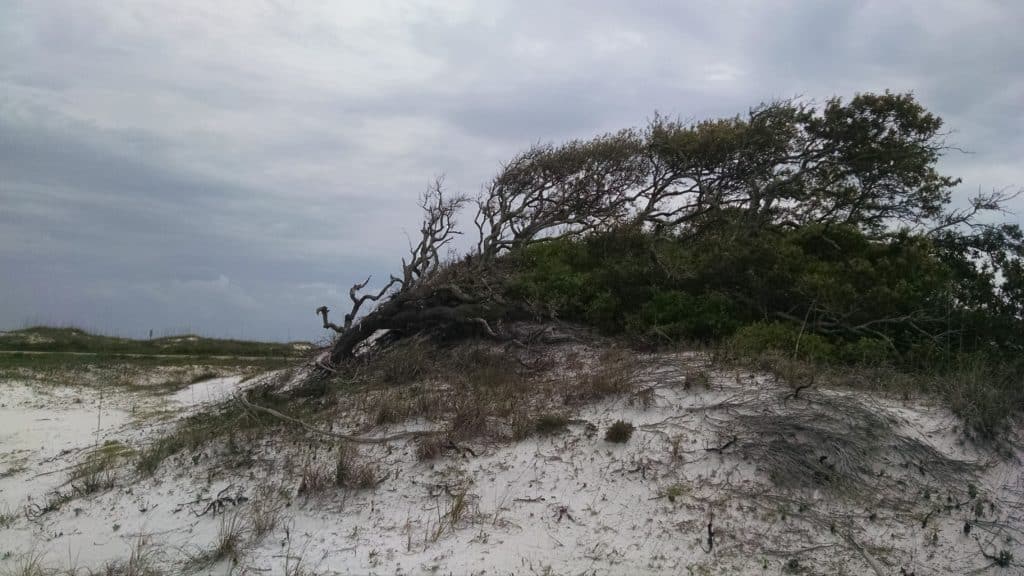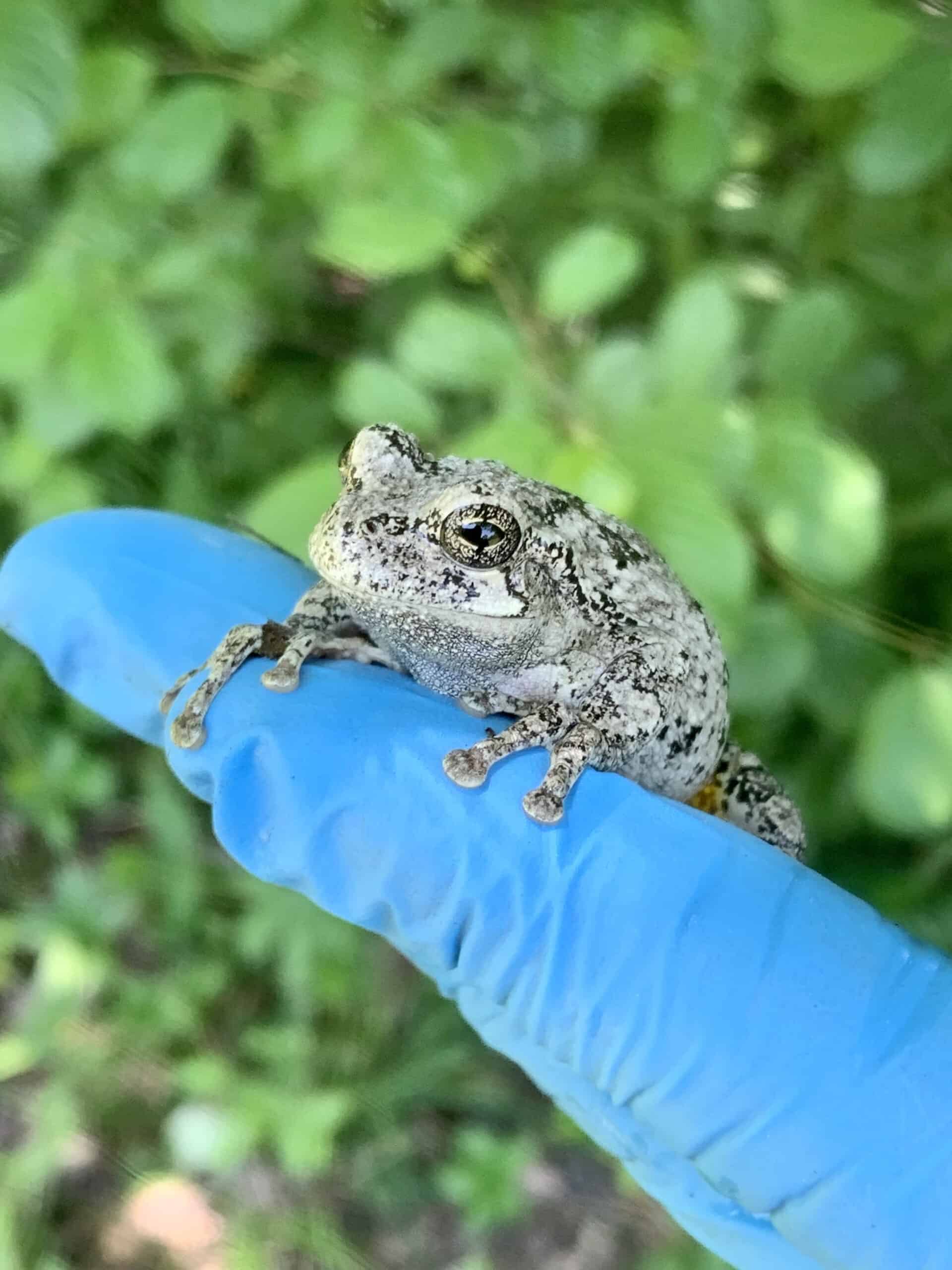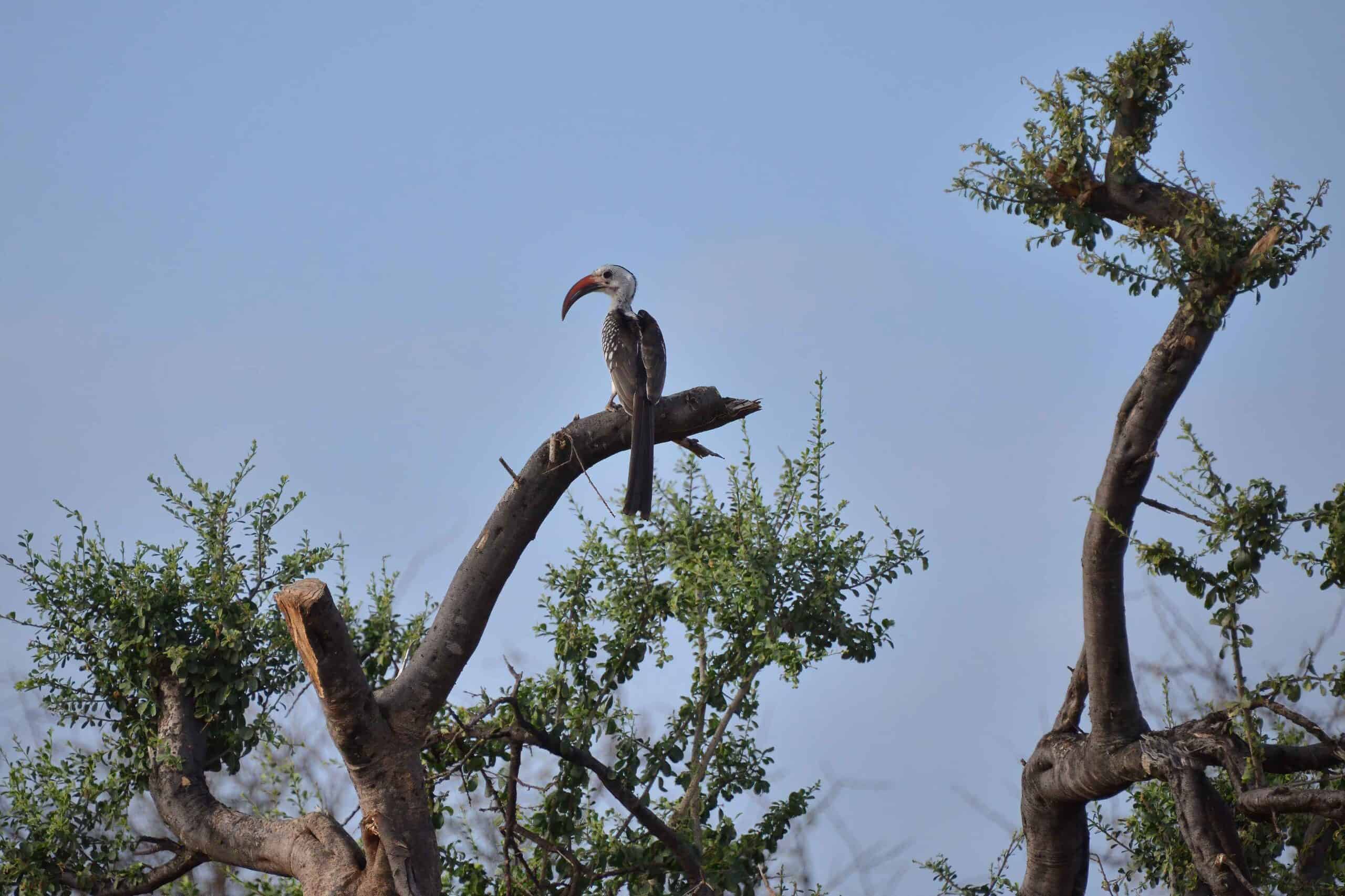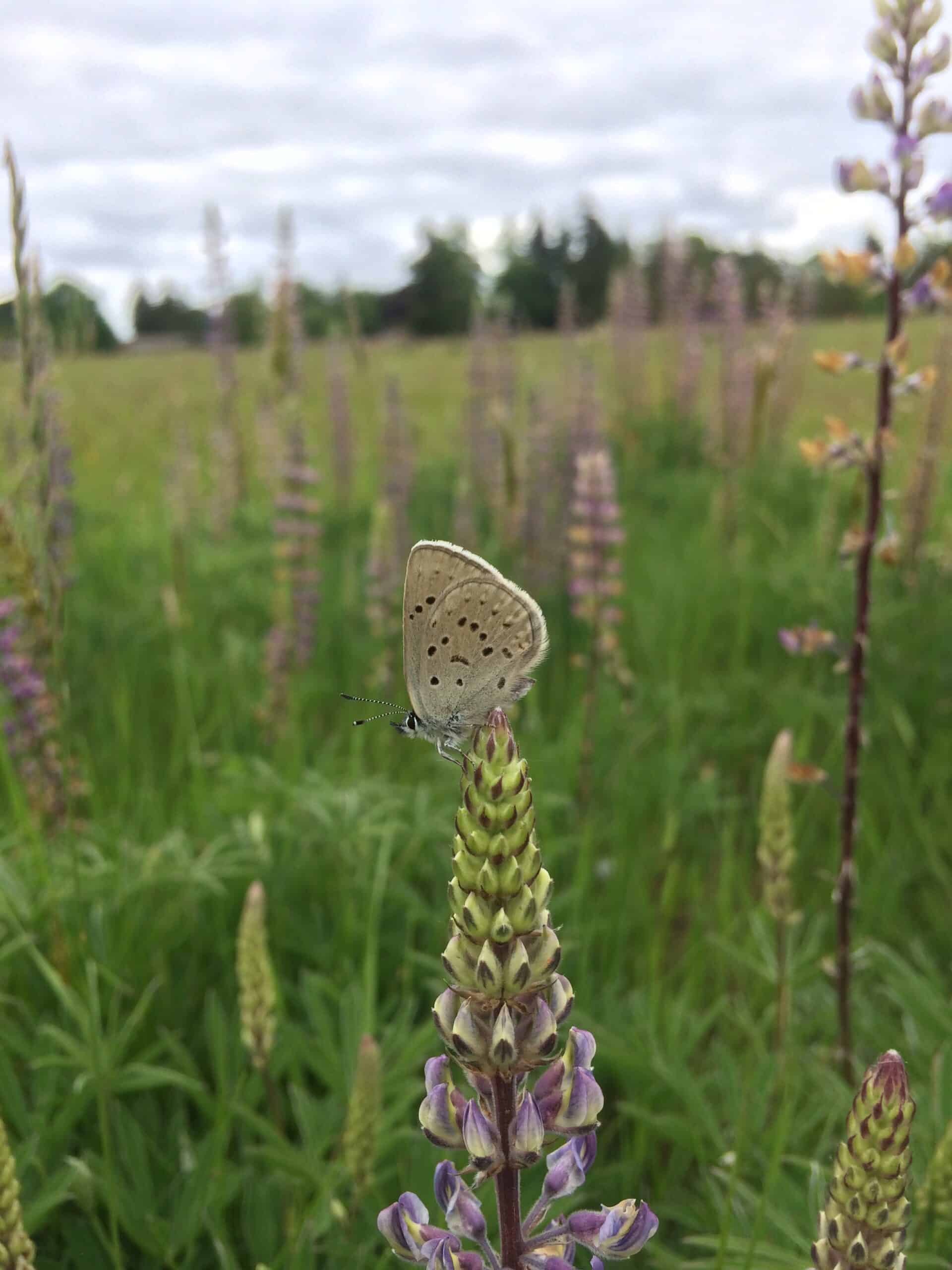Share this article
JWM: Endangered beach mice need feline-free darkness
Endangered beach mice on the Gulf Coast do best in dark nights, with no cats in sight.
“[The mice] had a higher probability of being present in areas where there was an active cat capture program,aid James Cronin, a research ecologist with the U.S. Geological Survey and the lead author of a study published recently in the Journal of Wildlife Management on the best conservation strategies for three subspecies of beach mice.
The Perdido Key beach mouse (Peromyscus polionotus trissyllepsis), Choctawhatchee beach mouse (Peromyscus polionotus allophrys), and St. Andrew beach mouse (Peromyscus polionotus peninsularis) are three subspecies of mice that live on the coastal dunes of Florida and Alabama on the Gulf of Mexico. All three are listed as federally endangered due to low populations, threats from human development, recreational beach use, and an increase in frequency of intense storms.
“[Development and recreation] destroys their habitat, or fragments their habitat,” Cronin said.
After the Deepwater Horizon oil spill in the Gulf of Mexico in 2010, wildlife managers have been examining ways to conserve a number of species in the Gulf Coast. Although much was known about specific habitat needs for beach mice, little was known about how much habitat is available and how much more is needed to help meet conservation objectives.
Cronin and his co-authors combined distribution information from prior research for the three subspecies and also collected information on what factors predict the presence or absence of the imperiled rodents — they wanted to find the beach mouse hot spots.

A mixture of scrub dunes like the one pictured and ocean-facing dunes makes for good beach mice ecosystems. Credit: James Cronin
Lights and cats were the two main things that the mice didn’t like, the team found. The researchers also predicted that beach mice were more likely to be present in areas with light guidance, or rules regulating the use of night lights. These could be national parks or other protected areas that are naturally dark and lack lighting, or communities that have specific rules or policies regarding lights at night.
Cronin said the mice “perceive lighted areas as making them more vulnerable to predation.”
They also found that communities with active cat trapping and control led to higher beach mice numbers. In addition, beach mice were more likely to be present in areas with a mixture of frontal dunes, or those facing the ocean, and scrub dunes that are farther from the sea and more covered in vegetation.
Cronin said they’d want to prioritize conservation in areas with all of those characteristics.
The researchers also estimated whether the three subspecies’ habitat needs were currently met in Florida according to downlisting criteria. Their assessment suggests that habitat objectives have been met for both the Perdido Key beach mouse and Choctawhatchee beach mouse, though the Perdido Key beach mouse habitat objective was only met by a few acres.
Furthermore, the researchers didn’t have much data on the Perdido Key subspecies from Alabama — most of their data relied on information from the Florida part of that mouse’s range.
Cronin cautioned that these findings were preliminary and would need to be confirmed by the U.S. Fish and Wildlife Service before any downlisting occurred. “Just because an objective is met doesn’t mean work doesn’t need to be done to maintain their current habitat,” he said.
Their models suggest the habitat objectives for the St. Andrew beach mouse have not yet been met, and further conservation and restoration likely needs to occur to help conserve that subspecies.
“We want to use that information to help guide managers toward those areas or to identify the potential actions that they may or may not take,” Cronin said.
“We developed a tool that managers could use to identify how much habitat is there, how much more is needed and what actions they might take in order to achieve population objectives.”
This article features research that was published in a TWS peer-reviewed journal. Individual online access to all TWS journal articles is a benefit of membership. Join TWS now to read the latest in wildlife research.
Header Image: The Perdido Key beach mouse is one of three endangered subspecies of beach mice. Credit: U.S. Fish and Wildlife Service








